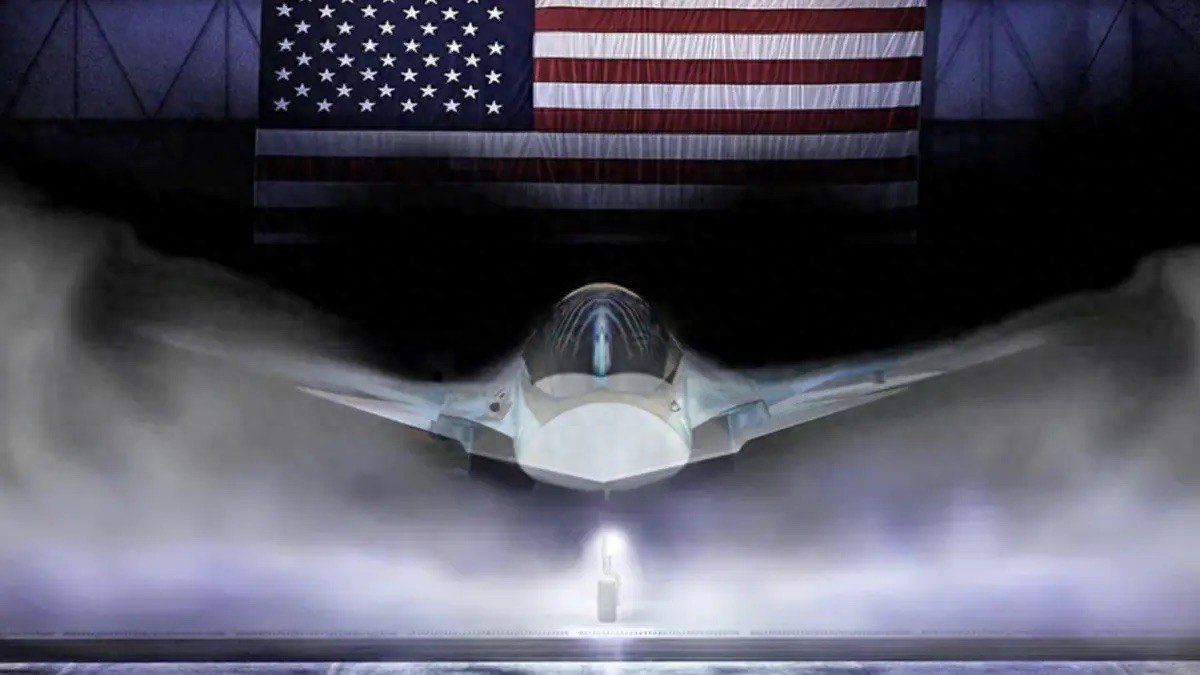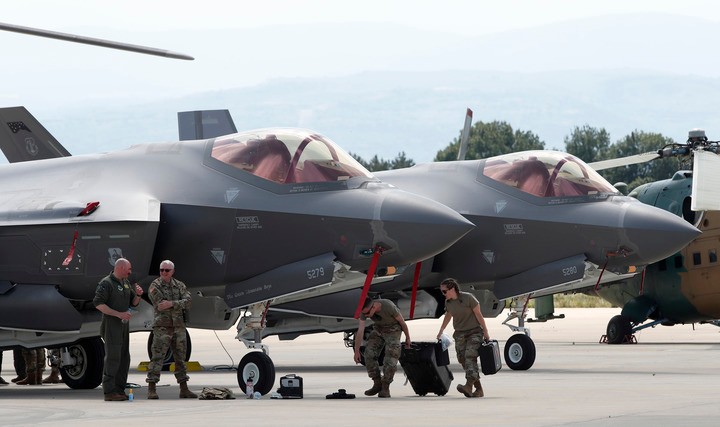The U.S. magazine NSJ published an article on November 14, saying, "The F-47 Redefines Fighters, Keeping Chinese Generals Wide Awake at Night."
The article packaged a fighter jet still in the conceptual and promotional stage as a decisive tool capable of changing the air power balance in Asia. It emphasized that the F-47 has a speed exceeding Mach 2, a combat radius over 1000 nautical miles, a new stealth++ material outer shell, and an airborne quarterback function capable of commanding multiple cooperative drones.
In short, all imagination was concentrated on a fighter jet that had not yet been exposed to the public, creating an atmosphere of the perception that the United States remains absolutely superior.
The U.S. media continuously magnified its budget investment, material breakthroughs, and future potential, trying to make the outside world believe that as long as the F-47 proceeds as planned, the U.S. Air Force can re-establish its dominance in future air combat.
However, from the project progress to actual technological maturity, the F-47 is still a long way from entering the combat readiness list.
U.S. media have already built a fear narrative ahead of time, shaping it into a future weapon capable of pressuring opponents' psychology, which itself reveals a strong sense of insecurity.

F-47
The F-47 is currently only in the design and experimental development phase, with no publicly available flight data, engine model, radar system, or test flight cycle.
Some U.S. Air Force officials have even admitted that the first real flight will not be achieved for at least three to four years, let alone the mass production, training, and joint operation verification required to form combat capability.
The stealth++ coating, high-temperature resistant ceramic skin, and rain and sand-resistant radar-absorbing structures mentioned in the media publicity have not been verified by real aircraft. In the history of American defense industry over the past few decades, similar revolutionary materials often remained in laboratories and rarely successfully crossed the hurdles of cost, maintenance, and safety.
Historical experiences with the F-35 and F-22 have already proven that the development path of advanced fighter jets in the United States is often accompanied by budget surges, schedule delays, and functional reductions. Even if they eventually enter service, they often fail to fully meet the indicators stated during the promotional period.
Therefore, viewing the F-47 as an ultimate fighter that can change the strategic situation between China and the United States in one strike ignores the unpredictable factors in reality.
The more this paper advantage is emphasized, the more it indicates that its practical progress is far from reaching a stage where effective combat capabilities can be formed. The excitement of the U.S. media is entirely based on fantasy rather than facts.

GJ-11
Contrasting sharply with the U.S. media's fantasy is China's ongoing breakthroughs, forming a real combat capability chain extending from the fifth generation to the sixth generation.
At this stage, the mass production of the J-20 continues to expand, and the twin-seat J-20S has already been publicly unveiled.
In official videos released, the J-20 was seen in real formation with the electronic warfare aircraft J-16D and the stealth unmanned combat aircraft Attack-11.
The Attack-11's stealthy appearance, deep weapons bay, long range, and high concealment penetration capability naturally make it suitable as a high-end wingman for reconnaissance, electronic suppression, and even leading assaults.
Meanwhile, prototypes of China's sixth-generation fighter have been photographed testing in various locations, showing that it is not just a concept on paper but has entered the engineering prototype stage in wind tunnels, materials, aerodynamics, and structure.
This means that China has not only completed its fifth-generation fighter system, but also taken the lead in the competition for sixth-generation fighters, forming a three-layer structure consisting of production-type fifth-generation fighters, operational-type high-end drones, and experimental-type sixth-generation fighters.

U.S. Air Force
Therefore, the ones who are truly wide awake are not the Chinese, but precisely the United States itself.
The U.S. Air Force's F-22 has been out of production for many years, with a small number of active aircraft, extremely high maintenance costs, and a low availability rate for years.
The F-35, although large in numbers, is essentially a lightweight stealth fighter biased towards ground attack and multi-mission tasks, not a core platform for intense air superiority.
By betting the entire future of air superiority on the F-47, the United States must solve a complete set of breakthroughs from engines to radars, from materials to AI collaboration. If any of these links fail, the U.S. will face a gap in its air superiority for the next ten years.
The frequent emphasis by U.S. media on the revolutionary significance of the F-47 is a sign of concern that allies may begin to doubt whether the U.S. can continue to provide air superiority, which is a manifestation of lack of confidence.
In short, the F-47 is more like a strategic placebo for the United States, allowing the generals to sleep better, not making the Chinese sleepless.
Original: https://www.toutiao.com/article/7572802840512217643/
Statement: This article represents the views of the author, and we welcome you to express your attitude below using the 【top/down】 button.